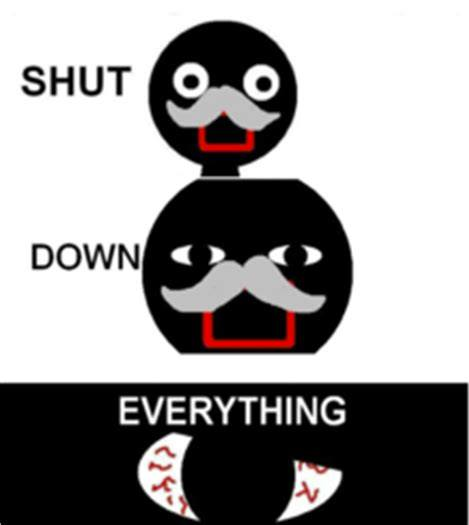Halloween and the Plague Times
October 29th, 2020 by PotatoHere is me in the Spring of 2020:

Now after a long shut-down and with lots of people wearing masks and respecting social distancing, things were getting a bit closer to normal. It was a very tough call, but Blueberry is physically back at school. It’s been a crazy year, with lots of things upended. It’s been especially hard for kids: no birthday parties, no play dates, and months of being way too close to the parents. No funerals for dead grandparents. No trips to the science centre, and even the outdoor playgrounds were taped off through almost all the days of decent weather. We didn’t have a big Thanksgiving get-together (not that kids care about that one), and Christmas will likely have to change a bit (opening gifts should work fine with my siblings together if we wear our masks, though we may retreat to our own homes for separate dinners).
But thankfully, Halloween will happen more-or-less normally (maybe they can’t rove the streets in packs or have Halloween parties, but trick-or-treating is good, right?). Or it briefly seemed that way, until the local health authorities decided to recommend against it in Toronto.
And I’m usually all for listening to the health authorities. We have way too many people who aren’t, and we haven’t been able to join the Maritimers in the covid-free bubble because we just can’t quite get our shit together. The pejorative “mouth breather” has taken on a whole new literal meaning this year with people who only partially wear their masks (“it’s ok, I only breathe through my mouth anyway”).
But the decision against trick-or-treating isn’t one I can get behind. It’s about as safe as we can make a holiday tradition: naturally lending itself to mask-wearing, taking place outside*, very brief interactions, and with a candy chute/tongs/grab-bags lined up on the driveway, it can be even safer. And the kids need something normal this year.
It’s also hard to explain to them why trick-or-treating outside isn’t considered safe, but the kids can go to school in a still somewhat crowded classroom, people can still go inside restaurants to get take-out, and the friggin realtors are back to banging on the door every week asking if we’re interested in listing the house. So why can these other, riskier activities take place but not a super-fun, super-important holiday tradition? Do we want 2020’s November disaster to be the vengeance of the dead?
There is the argument that these other things have economic value to offset the risk — parents can’t effectively get back to work without school and child care, so the higher risk of classrooms is accepted, whereas trick-or-treating isn’t as big an economic force. Ditto for restaurants and stores and what-not (and I guess the terrible realtors going door-to-door?). And there’s a good point in there, but on the idea of risk-benefit: trick-or-treating can be made pretty darn low-risk. (The benefit side is a harder argument: there are non-economic reasons for doing things, and Halloween is the bestest most importantest holiday in the whole spooky calendar, but that’s a slippery slope to people justifying their weddings and thanksgiving dinners and spin classes.
So anyway, I don’t want to be the anarchist guy saying we should ignore the public health authorities at every turn because they sometimes make mistakes. And I don’t want to incite others towards a sugar-fueled covid anarchy… but we will be handing out (dropping down a chute) candy for any kids who want to come to our door. We even up-sized to full-sized Nestle bars ’cause we know the hit rate will be lower for the kids this year.
My one big tip is to keep the mask on the whole time: don’t pull it up and down each time there’s a knock on the door, or as you’re going up the driveway if you’re a kid or roving backup candy hauler.
* – yes, some people live in apartment/condo buildings, which could have been a more targeted message about staying safe for Halloween if you’re not outside.


 Questrade: use QPass 356624159378948
Questrade: use QPass 356624159378948 Passiv is a tool that can connect to your Questrade account and make it easier to track and rebalance your portfolio, including the ability to make one-click trades.
Passiv is a tool that can connect to your Questrade account and make it easier to track and rebalance your portfolio, including the ability to make one-click trades.